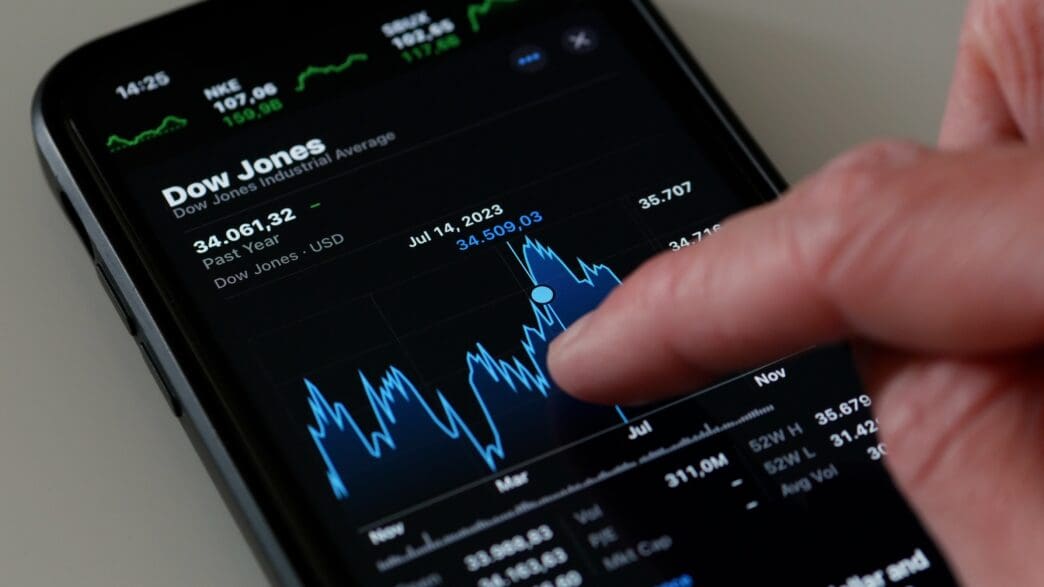Executive Summary
The Story So Far
Why This Matters
Who Thinks What?
U.S. stock markets surged to record highs on Friday, October 24, 2025, with the Dow Jones Industrial Average climbing 400 points to a historic close. The broad-based rally was fueled by investor optimism following a cooler-than-expected inflation report and robust corporate earnings, intensifying expectations for an imminent Federal Reserve interest rate cut.
Market Performance Highlights
The Dow Jones Industrial Average advanced 0.78%, marking a new record high for the index. The S&P 500 also reached an all-time high, gaining 0.79%, while the Nasdaq Composite rose 1.03%.
Smaller companies participated in the rally, with the Russell 2000 index climbing 0.9%, indicating broad confidence across various market capitalizations. Technology and semiconductor stocks were primary drivers of the gains.
Cooling Inflation Data
The latest September Consumer Price Index (CPI) report played a significant role in boosting market sentiment. The annual CPI increased by 3.0% year-over-year, slightly below the 3.1% forecast, while the monthly change was 0.3%, lower than the anticipated 0.4%.
Core inflation, which excludes volatile food and energy prices, remained stable. Investors interpreted these figures as a clear signal that inflationary pressures are easing, increasing the likelihood of the Federal Reserve adopting a more accommodative monetary policy.
Federal Reserve Rate Cut Expectations
Following the inflation data, market participants are now pricing in a 90% probability of a 25 basis point rate cut by the Federal Reserve at its upcoming meeting on October 29. Some analysts further project up to two additional rate reductions by March 2026 if inflation continues its moderate trend.
The Fed previously lowered its benchmark rate by 25 basis points in September 2025, bringing it to a range of 4.00%–4.25%. These anticipated cuts are viewed as a risk management strategy rather than a response to an impending recession, according to past statements by Fed Chair Jerome Powell.
Sectoral Performance
Technology and semiconductor companies led the market’s ascent, bolstered by strong corporate earnings and increasing demand in sectors such as artificial intelligence and cloud computing. Notable gainers included AMD, which surged 6.5%, Nvidia rising 4.2%, Intel up 3.8%, and Micron Technology adding 3.1%.
Apple and Microsoft also posted significant gains, increasing by 2.6% and 2.4% respectively, driven by optimistic tech earnings outlooks and robust cloud revenue growth. Conversely, major decliners included Boeing, Exxon Mobil, Chevron, Pfizer, and Coca-Cola.
Investor Outlook and Remaining Uncertainties
Despite the prevailing optimism, market participants remain cautious due to several factors. A 24-day government shutdown has limited access to fresh economic data, contributing to some market hesitancy. Additionally, global trade risks and geopolitical concerns continue to influence investor sentiment.
The confluence of cooling inflation, strong corporate earnings, and the anticipation of Federal Reserve rate cuts has created a bullish environment, pushing major indices to new highs. The outcome of the Federal Reserve’s October 29 meeting is widely expected to be a key determinant of market trends into early 2026.







